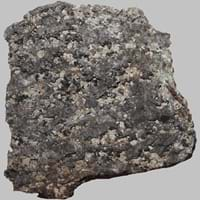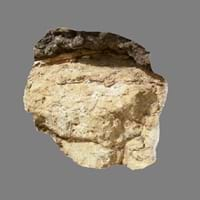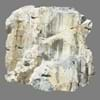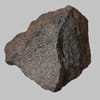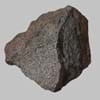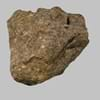Definition
Essexite which is also known as nepheline monzogabbro, is a dark gray or black holocrystalline plutonic Iigneous Rock
Laterite rock is a type of Sedimentary rock which is rich in iron and aluminium, formed in hot and wet tropical areas
Discoverer
Unknown
Francis Buchanan-Hamilton
Etymology
From the locality in Essex County, Massachusetts,US
From Latin later brick, tile + -ite1
Class
Igneous Rocks
Sedimentary Rocks
Sub-Class
Durable Rock, Hard Rock
Durable Rock, Soft Rock
Group
Plutonic
Not Applicable
Other Categories
Fine Grained Rock, Opaque Rock
Fine Grained Rock, Opaque Rock
Texture
Granular
Earthy, Massive, Porphyritic
Color
Dark Grey to Black
Brown, Buff, Red
Durability
Durable
Durable
Appearance
Banded
Rough and Banded
Interior Uses
Decorative Aggregates, Homes, Interior Decoration
Decorative Aggregates, Flooring, Interior Decoration
Exterior Uses
As Building Stone, As Facing Stone, Garden Decoration, Office Buildings, Paving Stone
As Building Stone, As Facing Stone, Garden Decoration
Other Architectural Uses
Curbing
Curbing
Construction Industry
As Dimension Stone, Building houses or walls, Cement Manufacture, Construction Aggregate, for Road Aggregate
Cobblestones, for Road Aggregate, Landscaping, Roadstone
Medical Industry
Not Yet Used
Not Yet Used
Antiquity Uses
Artifacts, Monuments, Sculpture, Small Figurines
Artifacts, Monuments, Sculpture
Commercial Uses
Cemetery Markers, Commemorative Tablets, Jewelry, Sea Defence, Tombstones
An Oil and Gas Reservoir, Source of bauxite, Used in aquariums
Types
Not Available
Not Available
Features
Is one of the oldest rock, Smooth to touch
Is one of the oldest rock, Very fine grained rock
Archaeological Significance
Famous Monuments
Data Not Available
Data Not Available
Famous Sculptures
Data Not Available
Data Not Available
Pictographs
Not Used
Used
Petroglyphs
Not Used
Used
Formation
Essexite is a type of igneous rock, which is usually dark grey to black plutonic rock. For the formation of essexite, suitable magma with exact composition of K, Ba, Rb, Cs, Sr should be produced.
Laterite is a type of sedimentary rock which is generally a reddish weathering product of basalt.
Mineral Content
Augite, Feldspar, Hornblende, Nepheline, Olivine, Plagioclase, Pyroxene
Aluminum Oxides, Biotite, Hematite, Hornblade, Iron Oxides, Manganese Oxides, Micas, Muscovite or Illite, Plagioclase, Pyroxene
Compound Content
Aluminium Oxide, Ba, Ca, Cs, Potassium, Rb, Sodium, Sr
Aluminium Oxide, CaO, Iron(III) Oxide, FeO, Potassium Oxide, MgO, MnO, Sodium Oxide, Phosphorus Pentoxide, Silicon Dioxide, Titanium Dioxide
Types of Metamorphism
Burial Metamorphism, Cataclastic Metamorphism, Contact Metamorphism, Hydrothermal Metamorphism, Impact Metamorphism
Not Applicable
Types of Weathering
Biological Weathering, Chemical Weathering
Biological Weathering, Chemical Weathering
Types of Erosion
Coastal Erosion, Glacier Erosion, Water Erosion
Chemical Erosion, Water Erosion, Wind Erosion
Grain Size
Fine Grained
Fine Grained
Fracture
Conchoidal
Conchoidal
Porosity
Highly Porous
Highly Porous
Luster
Not Available
Dull
Cleavage
Not Available
Not Applicable
Toughness
1.6
Not Available
Specific Gravity
Not Available
Not Available
Transparency
Opaque
Opaque
Density
Not Available
Not Available
Resistance
Impact Resistant, Pressure Resistant, Wear Resistant
Heat Resistant, Pressure Resistant
Deposits in Eastern Continents
Africa
South Africa
East Africa, Western Africa
Europe
Germany, Greece, Italy, Scotland, Turkey
England, Romania, Scotland
Others
Greenland
Not Yet Found
Deposits in Western Continents
North America
Canada, USA
Canada, USA
South America
Brazil, Colombia, Venezuela
Not Yet Found
Deposits in Oceania Continent
Australia
New Zealand, Queensland
Central Australia, Western Australia
